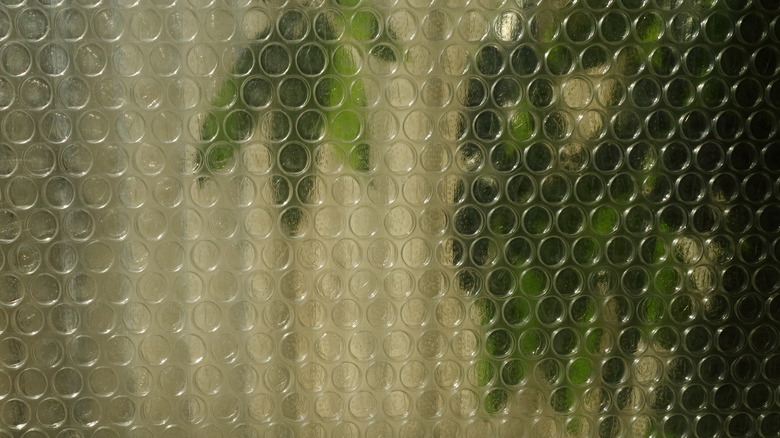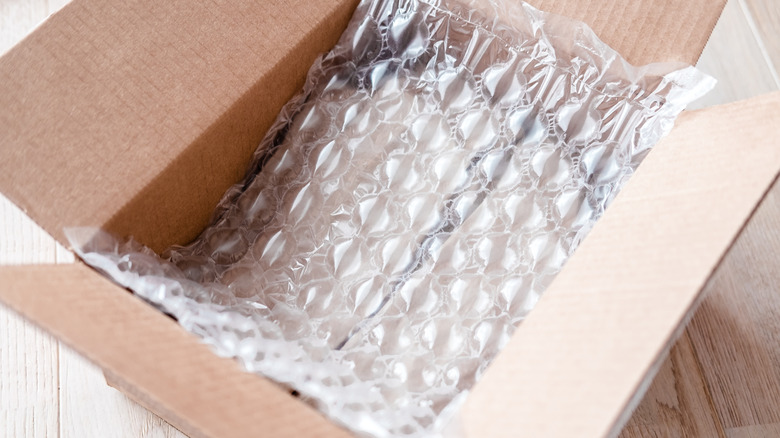Why You Should Use Bubble Wrap On Your Windows
Are you looking for an innovative and cost-effective way to keep your home warm this winter? While it might seem like an odd choice at first, bubble wrap actually makes a great window insulator. Rather than spending money on expensive materials for insulation, with a little bit of creativity, you could make use of readily available bubble wrap to provide an effective temperature buffer around those hard-to-fit panes. Not only is it lightweight and easy to install, but the unique air pockets in each sheet also help trap heat inside the room — resulting in more warmth during cold winter months. In addition, using bubble wrap as a window insulator provides better privacy and soundproofing as well.
To get the most out of bubble wrap as insulation for windows it's best to invest in a variety with generous bubbles. A 1/2-inch diameter or larger will provide greater air pockets — and therefore more thermal protection against outdoor extremes. Of course, if you already possess smaller sizes (like 3/8" or even 3/16"), they'll still do an admirable job. we'll explain exactly how this works and why air pockets are so important.
Properties of bubble wrap as insulation
The insulation power of bubble wrap comes from the combination of air and plastic, which work together to create tiny pockets where air molecules are static. By limiting how much energy they can transfer as they bump into each other, these locked-in spaces prevent heated areas from affecting cooler ones — making them ideal in terms of insulation, in fact, bubble wrap can be used to keep cold items cold as well, as it works both ways.
Who knew bubble wrap could be so versatile? Not only is it affordable, but it's easy to install and take down as well. For the most effective (up to 50% heat loss) and aesthetic window application, use large panels of bubble wrap rather than several smaller sheets. To help insulate your home against chilly drafts by using bubble wrap, begin by spraying water on the windows and press-fitting the bubble wrap into place. When you are ready to take it down, it peels easily from the window pane and leaves no sticky residue.

